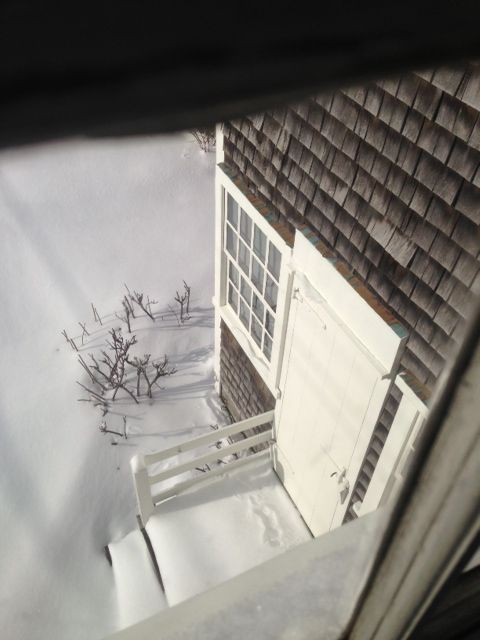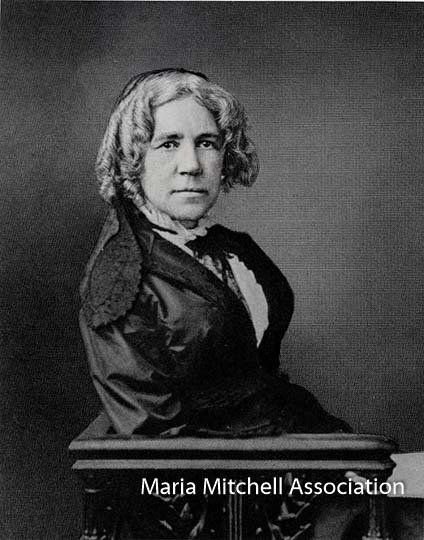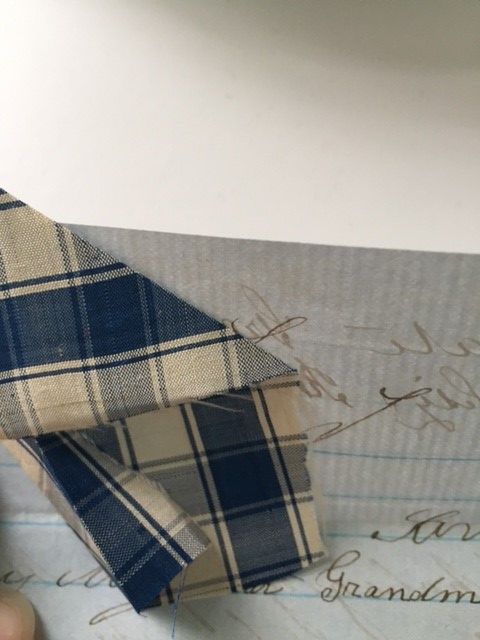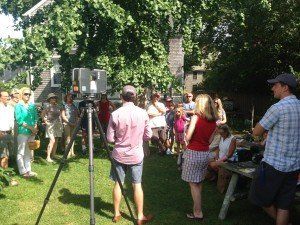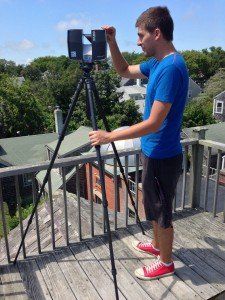Historic Preservation in Action: 3D Laser Scanning
Since the end of July, the Preservation Institute Nantucket (PIN – they have removed the colon in their abbreviation!), has been conducting 3D laser scanning of the MMA’s historic properties. This laser scanning technology allows for the quick and accurate recording of a historic building’s physical design and condition. Such a process also allows for the creation of black and white line drawings; photo-realistic plans, sections, and elevations; video walkthroughs of the building and site; and virtual databases for organizing and displaying archival, existing conditions, and other information. This is an incredible resource and opportunity to document our island’s historic structures and built environment. The PIN project has been funded in part by the Nantucket Community Preservation Act.
It has been fun to observe the ongoing work and we held a demonstration for the public on July 31st on Vestal Street co-hosted with PIN and Nantucket Preservation Trust which was well received. PIN demonstrated how the scanning is completed and the product and end results which are quite remarkable. PIN has been using the Mitchell House as a classroom for its students for many years and has also included other of our historic properties at the MMA. They just wrapped up their work here on Vestal Street and they have already completed working on the Washington Street sites, the future home of the MMA’s new science center.
PIN has also completed this work on the Boston-Higginbotham House and will be working to scan street views in Town and Sconset over the next few years. They will return this winter to work on Main Street so keep an eye out for them.
We thank PIN, including its co-directors Marty Hylton and Linda Stevenson, as well as the graduate students working on the scanning project for their time and hard work. This is yet another wonderful collaboration with PIN and a boon for Mitchell House as we receive this extensive scanning and all of its data cost-free. Thank you!!
JNLF
Recent Posts
